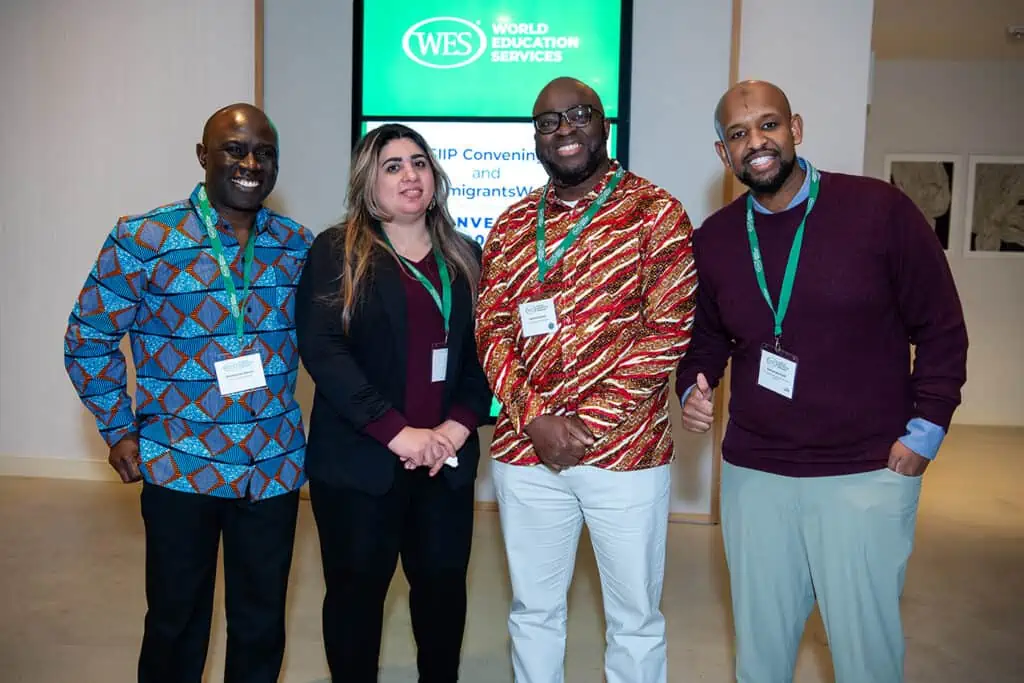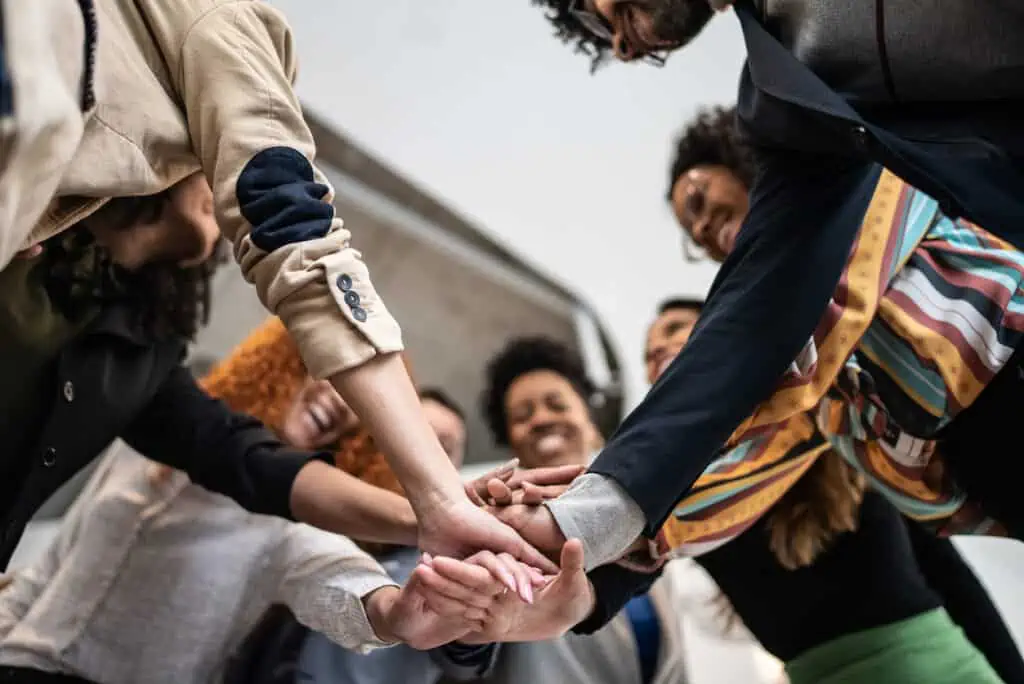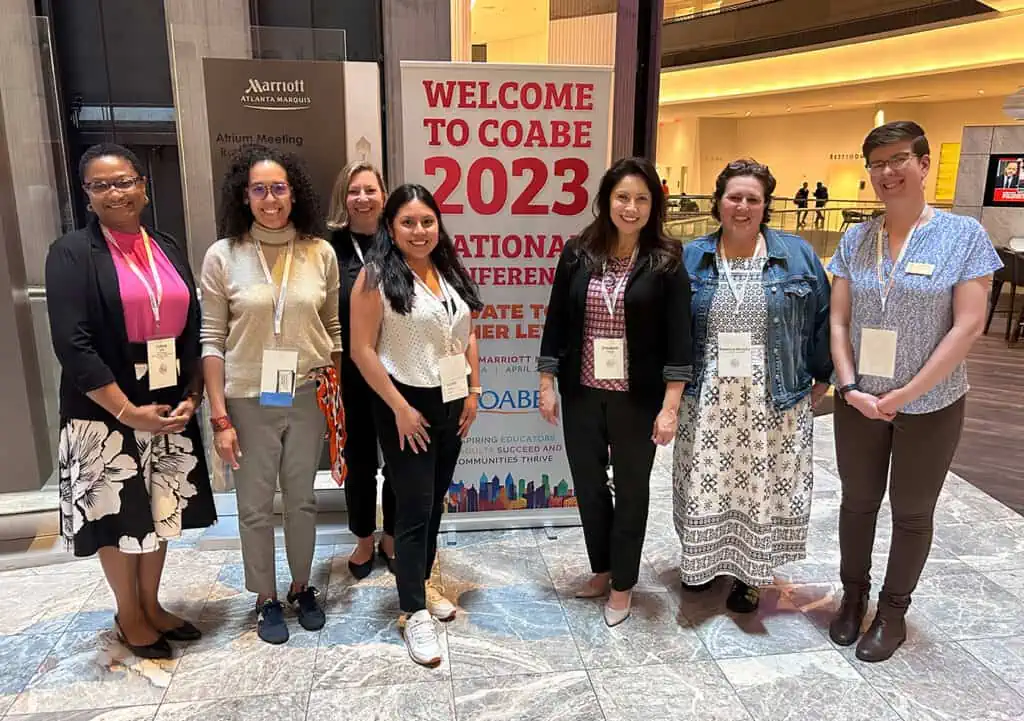How a Manufacturer in Iowa Diversified its Workforce While Combating Brain Waste
Reginald “Reggie” McDade is the recruiting and community relations manager at TPI Composites in Newton, Iowa. TPI, which manufactures wind blades for the high-growth wind energy market, is the largest employer in Jasper County, Iowa. The company also has facilities in Rhode Island and Massachusetts, as well as in Mexico, Europe, and Asia.
In a recent Global Talent Bridge webinar for immigrant integration professionals, McDade explained how a mandate to expand and diversify the workforce at TPI helped internationally-trained staff better use their education and experience to move into more appropriate positions with the organization.
How did the mandate come to be?
Almost four years ago I was brought in to devise a plan to reach our goal of becoming fully staffed with a focus to recruit diverse talent. Leadership highlighted several key factors: focus on innovation, collaboration, inclusiveness, and creating a welcoming experience for all our associates and stakeholders. The intent of leadership was to make sure our associates could grow their careers, while having mobility throughout our global organization, enjoy a collaborative team culture, the exciting technology, and engaging projects. We wanted to make sure our growth works for the company, our associates, their families, and the community.
How did you come to recognize some of the internationally trained employees had qualifications that were not being used in their roles?
We wanted to create a workforce to mirror the world. As I met with various groups in the region, I noticed there was a group of associates who were underemployed. I started hearing about people who had a degree in engineering, finance, or other fields. I talked to our interview teams and asked them to notify me of anyone they’d come across who had more than a high school diploma.
We had an applicant who had started working with us. I found out he had an engineering degree from a school in Africa, and that he was a quality engineer. After talking with him, we made him a quality engineer, and he’s now having a great career with us. This really highlighted the issue of brain waste. There were people with us who had just taken a job to provide for their family, but who had skills we weren’t utilizing. So, we looked to find ways to make sure we were tapping into that unused talent. Since we started, we’ve found an accountant, some process engineers, and an additional quality engineer. It’s been a real eye-opener for TPI because part of our diversification efforts has occurred from within and we now have a system in place to identify underemployment and address it
What were some of the challenges and opportunities that arose along the way?
The biggest challenge is always getting buy-in to do something different. In this case, looking at talent differently. When I arrived at TPI, most of the people came from Iowa State or the University of Iowa. But expanding our reach was necessary, based on labor market conditions. I challenged our leadership team, “How are we going to do this? How are we going to expand our reach?” There was a newcomer population within the Des Moines metro area that we could tap into. We built messages around what provides value to that target group. We designed processes to allow candidates to demonstrate their commitment and quality earlier in the hiring process. We started to find out where they went to school, and what they want to achieve in their careers, so we can help them connect those dots better. At the same time, we had to start offering cultural awareness classes to our workforce, because this was different. Today we have 48 countries represented in our facilities. We have many immigrants, including refugees, on the team. We are over 60 percent diverse. Several years ago, that was not the case. And it’s been working very well. Everyone’s embracing it.
What are three key takeaways that other organizations can use to diversify their workforce while addressing brain waste?
Before anything, you need commitment from leadership. That includes the organization, community, and government leadership – all of them – must be committed to this, because you are introducing changes in the way things are done. You must be ready for unique partnerships. Through partnerships, we all become part of something larger.
The three key takeaways would be: building, designing, and guiding, along the way:
Build your messages about what provides value.
Design processes that allow people to buy in to and become a part of that winning team.
Guide the workforce towards intentional decisions, for themselves, the community, and the organizations. All three must work together to truly create, and become, something larger.
A final thought:
One of the things we tell our associates is that anything they want to achieve is possible if they have the education and the skills they need. If they want to get the education or skills they lack, we want them to be able to do that. We want to be part of their success, and we want them to be part of our success. They should feel like they’re part of a winning team. That becomes good for the employees, their families, the organization, and the community. We are not simply giving skilled immigrants a job; we are offering a career, a future and be part of a winning team.

Reggie McDade, TPI Composites, Newton, Iowa
Related Reading:
E-Guide: Career Pathways for International Engineers in the U.S.
Questions? Comments? We love feedback! Tell us what you think here.
Click here for more from WES Global Talent Bridge.




